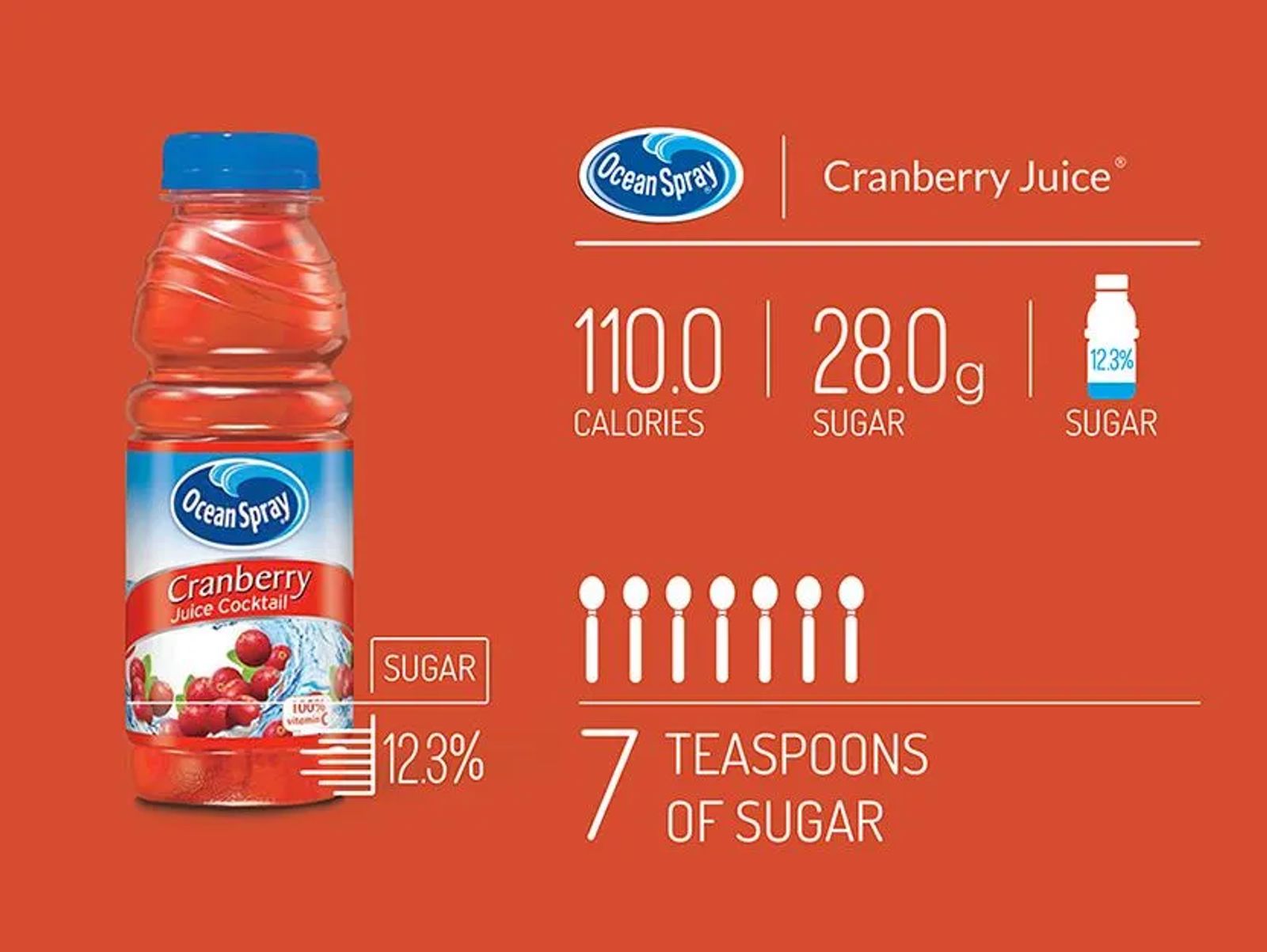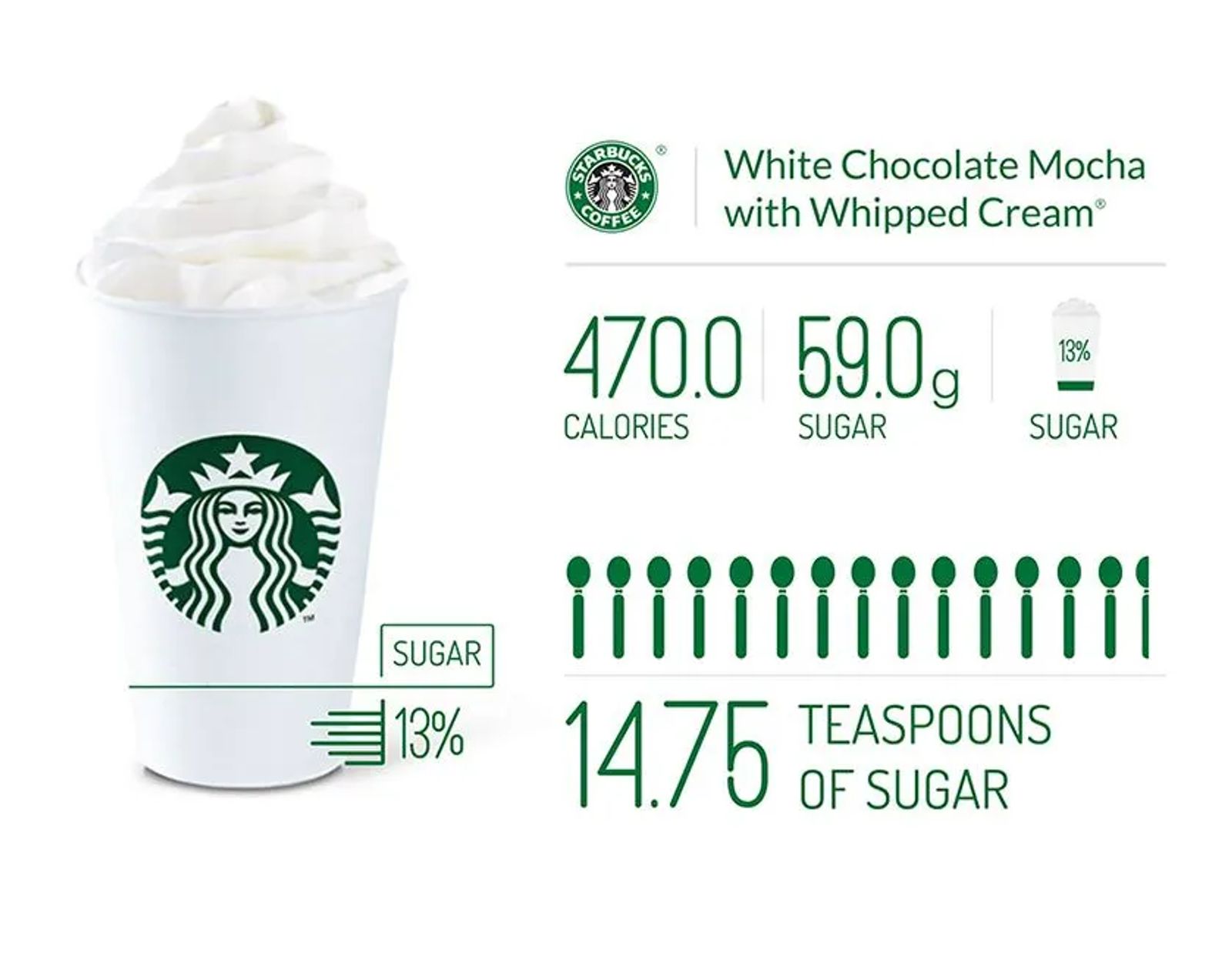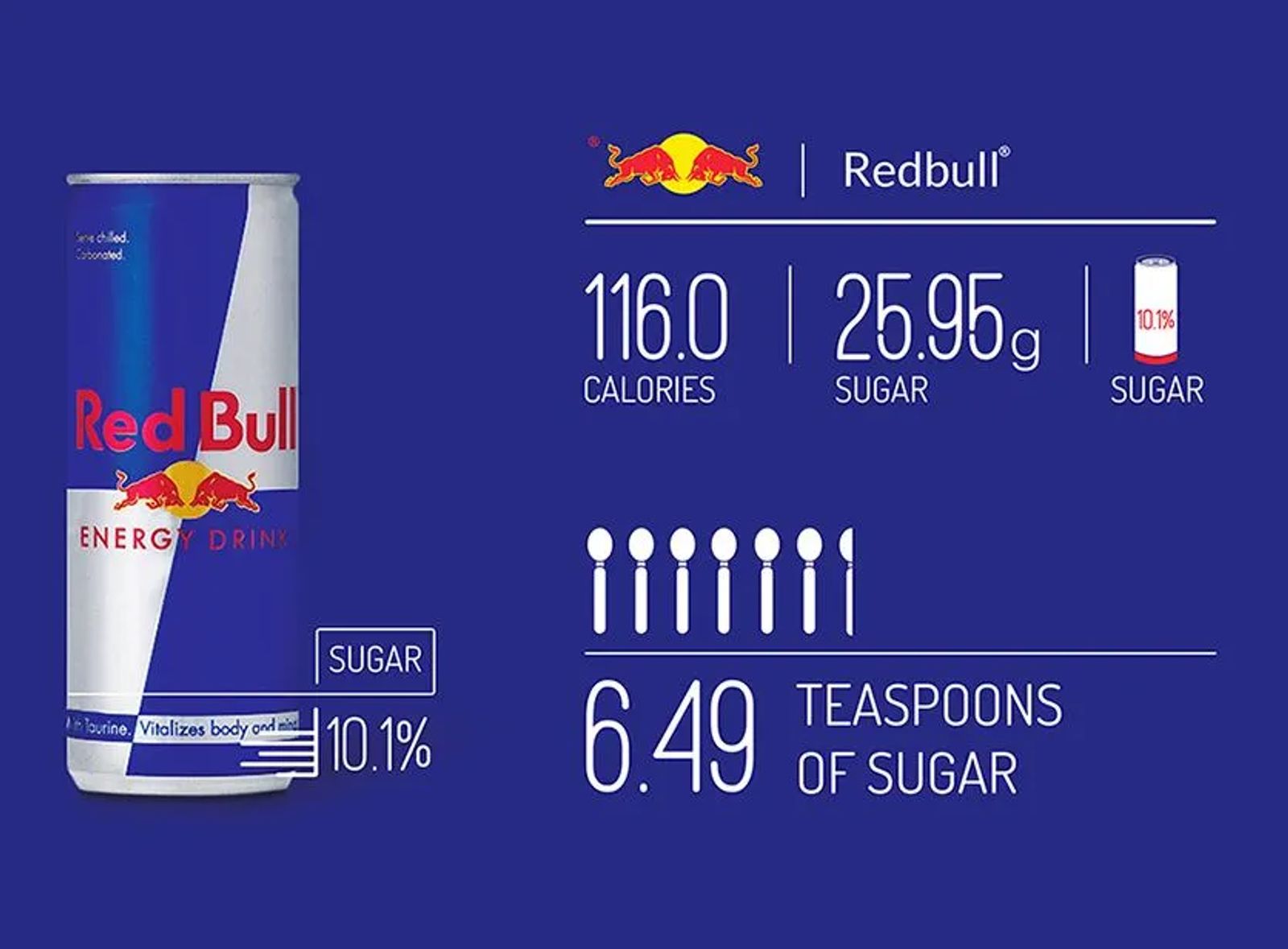
Rethink Your Drink
Why your favorite refreshers are killing your waistline
When you hit the local coffee shop, do you reach for a tall black coffee? Or, does your mouth water at the sight of that white chocolate mocha that comes complete with whipped cream and sprinkles? It's a drink. It can't be that bad for you, can it? Surprisingly, some of the biggest added sugar offenders come in a glass or a can.
Recently, Labdoor, a nutrition-based product testing company, put sugary drinks under the microscope. After watching the grams of sugar spill over in many of our favorite drinks, Neil Thanedar, the company's C.E.O. decided it was time to help consumers see that they need to rethink their drinks. "Everyone knows that high sugar consumption is bad for you," Thanedar says. "It is a major contributor to obesity, diabetes, and a host of metabolic diseases. However, many people do not realize how much sugar is really in their favorite beverages."
The results might be shocking to some. Let's go back to that white chocolate mocha with whipped cream from Starbucks. How much sugar can a coffee drink really pack? Truth be told, a lot. A 16-ounce serving comes complete with 470 calories, and 59 grams or 15 teaspoons of added sugar. Putting that in context, the World Health Organization and the American Heart Association recommends no more than 25 grams of sugar, or six teaspoons of added sugar in our diets each day.
Surprisingly, it's not just the obvious picks like the whipped cream laden drinks that are raising eyebrows. Take that juice you grab because you think it's a healthy pick over a soft drink. If you enjoy a serving of Ocean Spray Cranberry Juice Cocktail, you might want to go back to the beverage cooler. In this 8-ounce, 110 calorie drink sits 28 grams, or 7 teaspoons of added sugar.
"In my world, we use juice as a treatment for low blood sugar," says Lisa Ranes, a Registered Dietician and Certified Diabetes Educator at Billings Clinic. She says if it's nutrition you're hoping to boost by reaching for a juice, try real fruit instead. "You want to choose whole fruits because of the low sugar content in its natural state. There is fiber and more nutrients and it's less processed."
Over the past 30 years, Americans' sugar consumption has spiked. The result has been an increase in not just obesity but all the ailments that go along with that added weight — heart disease and diabetes just to name a couple. The average American eats 23 teaspoons a day, which amounts to 92 grams of sugar. What does that add up to over the course of a year? It equates to roughly 87 pounds, yes pounds, of sugar.
"The food industry has really learned how to hit that sweet spot in our brain," Ranes says. "As consumers we like a little bit of fat, a little bit of salt and a little bit of sweetness." That mix is a great tasting trifecta that has our brains asking for more. While the jury is still out on whether or not sugar can be addictive, Thanedar says from a neurochemical perspective, sugar is widely believed to have addictive qualities. He adds, "The companies producing these drinks seem to take advantage of our genetic predispositions, boosting sales while adding to our public health burden."
Since sugar can be such a sneaky addition to our diets, Ranes says looking at beverages is a great place to start when it comes to cutting sugar. "We know that the sweetened beverages account for 50% of our added sugars per day," she says. In teens, as many as 500 calories can be tied to added sugars each day with sports drinks, energy drinks and canned sodas. Thanedar says 500 calories of sugar equates to over 100 grams of added sugar each day or four times more than the World Health Organization's recommendation. He says, "It is a big burden for your body to handle that much sugar daily and will necessarily increase the risk of disease—at any age." Knowing that habits die hard, he adds, "Habits formed as a young adult will likely follow you as you age, but your body’s ability to deal with physiological stressors only declines." This means that as we age, the increased risk of disease tied to all that sugar significantly increases too.
When it comes to calming the sugar monster, Ranes says small changes each and every day can work wonders. Whatever you do, she says, don't try to cut your added sugar from 100 grams down to 25 overnight. "You don't want to abruptly take out the sugar because then you'll start to get some headaches. Your body needs to readjust to not having all of that sugar." It's best, she says, to take that sugar cutback in stages. "If you really enjoy that Pumpkin Spice Latte during the season and you have to have one every day, can you go from a Grande to a Tall?" By cutting back gradually, Ranes says, "You will re-educate your taste buds so that you can enjoy that coffee drink with less sugar in it."
In the process, you'll end up getting rid of those empty calories that do so little for our overall health. After all, Ranes says, when you drink 250 calories, you never feel as full or satisfied as you do when you eat 250 calories.
So before you reach for a can of Coke, that white chocolate mocha or even a glass of juice cocktail, the experts say be a sugar detective and make an informed decision before you take that first sip. Ranes says simply making a switch and rethinking your drink will make you much healthier in the long run. "What we need to focus on are the added sugars, not necessarily the sugars that occur naturally in our food. It is the added sugar that is killing us."
DAILY ADDED SUGAR LIMIT
American Heart Association Guidelines
9 TEASPOONS 6 TEASPOONS
MEN WOMEN
LOOK ON THE LABEL
Spotting the added sugars in ingredients
Brown sugar
Corn sweetener
Corn syrup
Fruit-juice concentrates
High-fructose corn syrup
Honey
Invert sugar
Malt sugar
Molasses
Raw sugar
Sugar molecules i.e. dextrose, fructose, lactose, maltose, sucrose
The Biggest Offenders

















